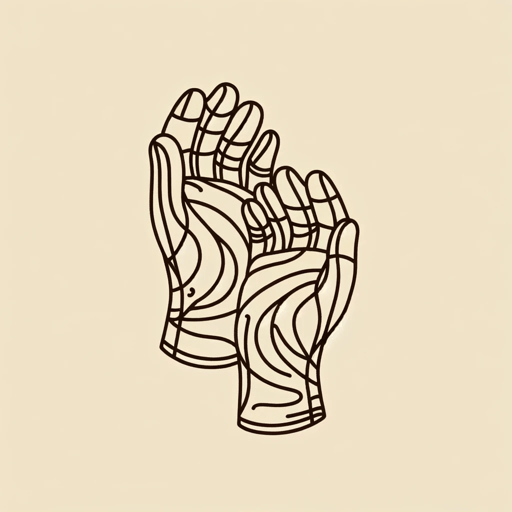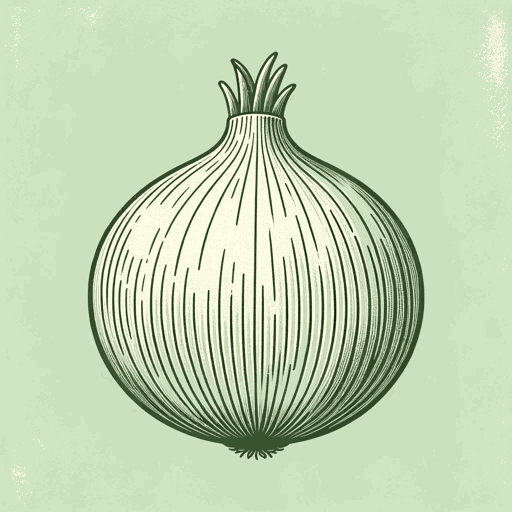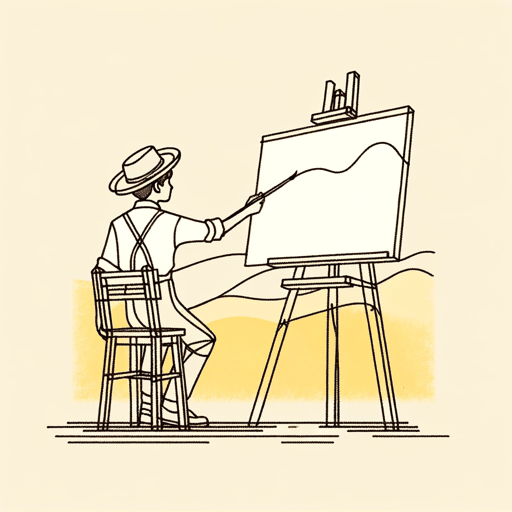74 pages • 2 hours read
Gary SotoLiving Up The Street
Nonfiction | Essay Collection | YA | Published in 1985A modern alternative to SparkNotes and CliffsNotes, SuperSummary offers high-quality Study Guides with detailed chapter summaries and analysis of major themes, characters, and more. For select classroom titles, we also provide Teaching Guides with discussion and quiz questions to prompt student engagement.
Important Quotes
“We were terrible kids, I think. My brother, sister, and I felt a general meanness begin to surface from our tiny souls while living on Braly Street, which was in the middle of industrial Fresno. Across the street was Coleman Pickles, while on the right of us was a junkyard that dealt in metals—aluminum, iron, sheet metal, and copper stripped from refrigerators.”
(“Being Mean”, Page 1)
This opening line of the collection describes the setting for most of the stories. Here, Soto makes the connection between his temperament and his environment, a link that becomes more apparent with each subsequent story. Soto also introduces where he grew up as isolated and turbulent, which the image of harsh metals frames.
“What we learned from the Molinas was how to have fun, and what we taught them was how to fight. It seemed that the Sotos were inherently violent.”
(“Being Mean”, Page 1)
For much of Soto’s childhood, he and his siblings run wild during the summers and get into a lot of physical fights. This seems to be the case for many of the neighborhood children who are left unsupervised during the summers while their parents work long hours in the nearby factories. Soto internalizes the violence in his environment and believes it’s a reflection of his ethnic roots.
“They raised their heads to watch me—or look through me, as if something were on the other side of me—and talked about our new house—the neighbors, trees they would plant, the playground down the block. They were tired from the day’s work but were happy.”
(“Father”, Page 9)
Immediately before this moment, Soto’s father was teaching him how to water the lawn properly; shortly after, his father is hurt at work and dies. Yet in this anecdote, which is the only glimpse of Soto’s father, there is a sense of hope for the future. While every other story in the collection portrays the industrial Fresno setting as harsh, here there is a feeling of hope in the house and land that Soto’s parents owned.
Related Titles
By Gary Soto








